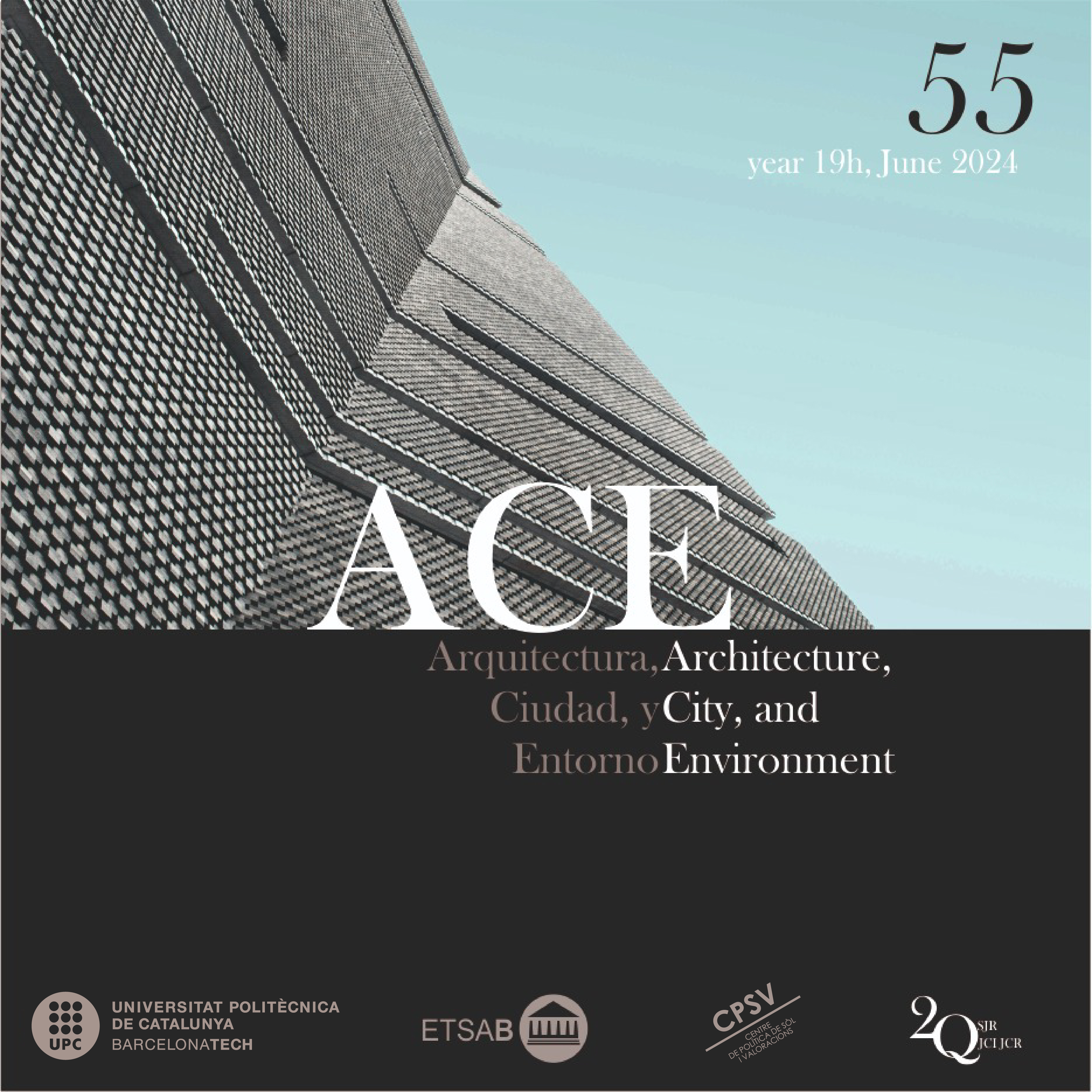La negociació del desig: creació conjunta de sentit en el mètode Livingston de disseny participatiu
DOI:
https://doi.org/10.5821/ace.19.55.12522Paraules clau:
mètodes de disseny, col·laboratiu, comunitari, disseny participatiuResum
Es troba encara oberta la discussió sobre els elements que permeten desenvolupar una participació real en els processos de disseny participatiu i la recerca s'emmarca en aquelles línies de treball que entenen el codisseny com a acció transformadora espacial i social. La cerca d'un element que permeti i expliqui la participació efectiva de les parts interessades en els processos de disseny participatiu en el camp de l'arquitectura motiva aquesta recerca. L'objectiu és avaluar la rellevància i efectivitat del concepte de desig en els processos de disseny participatiu basats en el mètode Livingston. Com a novetat s'introdueix en el debat l'aportació del mètode Livingston que utilitza els desitjos com l'element clau per a desenvolupar els processos de disseny participatiu. Com a mètode es comparen tres processos col·lectius basats en el mètode Livingston. Les conclusions mostren que la utilització dels desitjos és clau en el desenvolupament de projectes amb el mètode Livingston i es revela consistent com a element d'equilibri de poder i transparència en la comunicació entre clients i arquitectes. El treball entorn dels desitjos pot constituir una alternativa eficaç a l'ús del programa de necessitats en els estudis d'arquitectura i al paradigma de resolució de problemes i, en el camp del disseny participatiu, pot representar un instrument útil en combinació amb altres mètodes.
Descàrregues
Publicades
Número
Secció
Llicència
| CRITERIS DE PROTECCIÓ INTEL·LECTUAL |
En aquest moment es compta amb la protecció de la Oficina Espanyola de Patents i Marques, mentre que la protecció global s'està tramitant davant la Organització Mundial de la Propietat Intel·lectual (OMPI/WIPO). Així mateix, la Oficina del Número de Sèrie Estàndar Internacional (ISSN) ha otorgat els següents números: 1886-4805 (versió electrònica) i 1887-7052 (versió en paper). |
| COPYRIGHT |
El contingut dels articles i els comentaris en ells expresats són responsabilitat exclusiva dels seus actors, i no reflexen necessariament la opinió del Comité Editor de la revista. Els treballs publicats per ACE queden sotmesos a la llicència CC BY-NC-ND 3.0 ES http://creativecommons.org/licenses/by-nc-nd/3.0/es/ La qual cosa vol dir que les persones autores només tenen i retenen els drets d'autor dintre de les limitacions imposades per la anterior llicència |





































